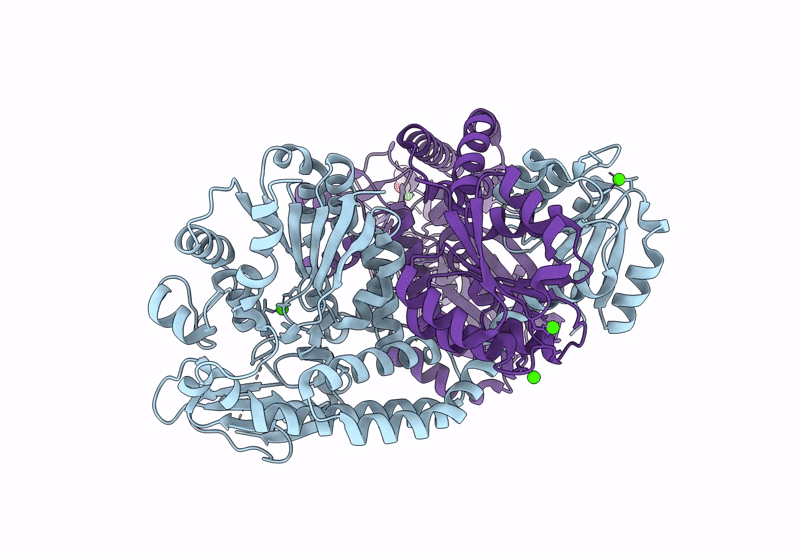
Deposition Date
2023-07-06
Release Date
2024-04-17
Last Version Date
2024-10-30
Entry Detail
Biological Source:
Source Organism:
Flavobacterium johnsoniae UW101 (Taxon ID: 376686)
Host Organism:
Method Details:
Experimental Method:
Resolution:
2.10 Å
R-Value Free:
0.22
R-Value Work:
0.17
R-Value Observed:
0.18
Space Group:
P 21 21 21


